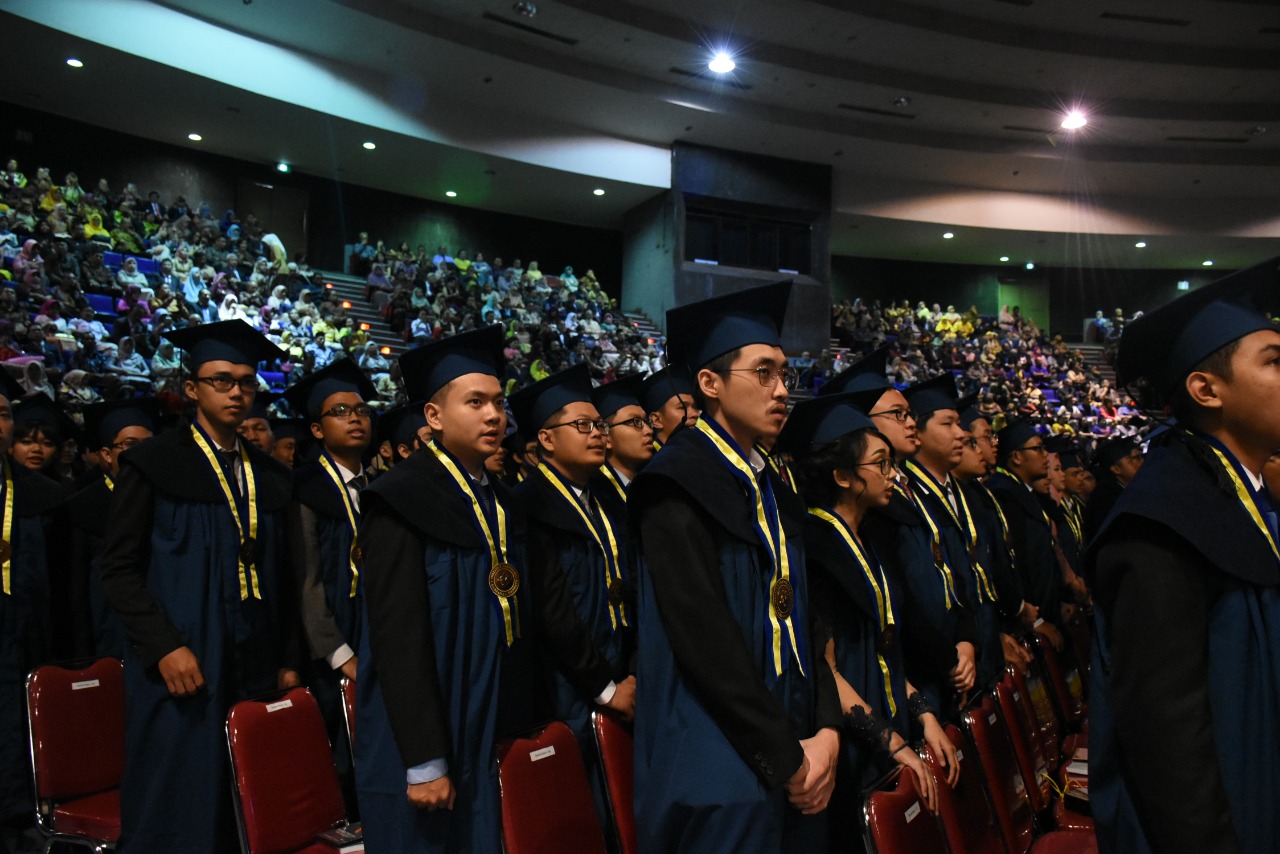Revolutionizing Jaw Correction Surgery: ITB's FTMD Develops 3D Printed Wafer to Enhance Surgical Efficiency
By Indira Akmalia Hendri -
Editor M. Naufal Hafizh, S.S.

BANDUNG, itb.ac.id - The Biomechanics Research Group from the Faculty of Mechanical and Aerospace Engineering, Institut Teknologi Bandung (FTMD ITB), in collaboration with the Oral Surgery Medical Staff Group (KSM) of Hasan Sadikin Hospital (RSHS) Bandung, has developed an innovative 3D-printed wafer for jaw correction surgeries.
The ITB team consists of Ir. Satrio Wicaksono, S.T., M.Eng., Ph.D., Prof. Dr. Ir. Tatacipta Dirgantara, M.T., Prof. Ir. Andi Isra Mahyuddin, Ph.D., and Muhammad Yusril Sulaiman, M.T., while the RSHS team includes Dr. Seto Adiantoro Sadputranto, drg., Sp.BM(K), and Eka Marwansyah Oli'i, drg., Sp.BM(K). This collaboration is further supported by Prof. Dr. Benny Tjahjono from Coventry University, funded by the UKICIS program.
In this partnership, FTMD ITB is responsible for design and manufacturing development, while RSHS provides patient cases, design information, and tests the wafer prototypes. Coventry University oversees the business aspects to ensure the program's sustainability and broad societal benefits.
Many individuals experience irregular jaw shapes due to congenital factors or accidents. These abnormalities can cause issues such as unclear speech articulation, difficulty chewing and breathing, and reduced self-confidence. To address these issues, orthognathic surgery repositions the jaw and teeth to function better. This process involves cutting and shifting the upper and lower jaws, which are then reconnected with fixation plates. Traditionally, the surgery planning is done manually using front and side photos of the patient, which can take up to six hours.
In response to the need for increased efficiency and effectiveness in orthognathic surgeries, ITB researchers and their partners have developed 3D-printed wafers. These wafers serve as guides for jaw positioning during the re-alignment and as supports for holding the jaw in place during plate fixation. Utilizing such technology eliminates the manual process of determining the jaw cutting and shifting positions, which is expected to improve surgical outcomes and reduce operation time.
The Biomechanics Research Group of FTMD ITB and the Oral Surgery Medical Staff Group (KSM) of RSHS Bandung have successfully developed software tools for digitally reconstructing a patient's head from CT-Scan data, conducting surgery simulations, and designing patient-specific wafers. These wafers are easy to fabricate, made from body-safe materials, and simple to use. The designs created by the FTMD ITB team are tested by the KSM RSHS team and continuously refined based on feedback. To date, over 30 patients have undergone surgery using the optimally designed wafers, which are consistently high in quality and easy to install during surgery.
Operation room trials have shown that the average surgery time is reduced from 4.8 hours with manual methods to 3.2 hours using the wafer. There is also improved surgical accuracy, as evaluated by the RSHS team in the pre- and post-operative condition of patients.
The wafer development follows a patient-specific principle. Each wafer is designed according to the individual anatomical structure of the jaw and teeth, severity level, and specific needs of each patient. Accurate geometry and dimensions are crucial because jaw adjustments often involve only a few millimeters. Wafers are designed using a digital model of the jaw reconstructed from CT-Scan data and printed using Fused Deposition Modeling (FDM) 3D printing technology. This ensures that each wafer is tailored to the patient’s specifications. To guarantee patient safety, the wafers are made from polylactic acid (PLA), a biocompatible and environmentally friendly material derived from renewable sources.
Currently, the patent for the wafer design and manufacturing procedure has been filed with the Directorate General of Intellectual Property (DJKI) under the Ministry of Law and Human Rights.
To accelerate the dissemination of this new technology, further steps are needed, such as developing a more user-friendly and intuitive software interface for surgical planning, expanding the design and manufacturing capabilities for wafers, and improving distribution and marketing channels.
The collaboration between FTMD ITB, RSHS Bandung, and Coventry University has successfully created a significant innovation that enhances the efficiency and quality of medical services and demonstrates Indonesia's ability to independently meet its healthcare equipment needs.

.jpg)
.jpg)
.jpg)
.jpg)
.jpg)

